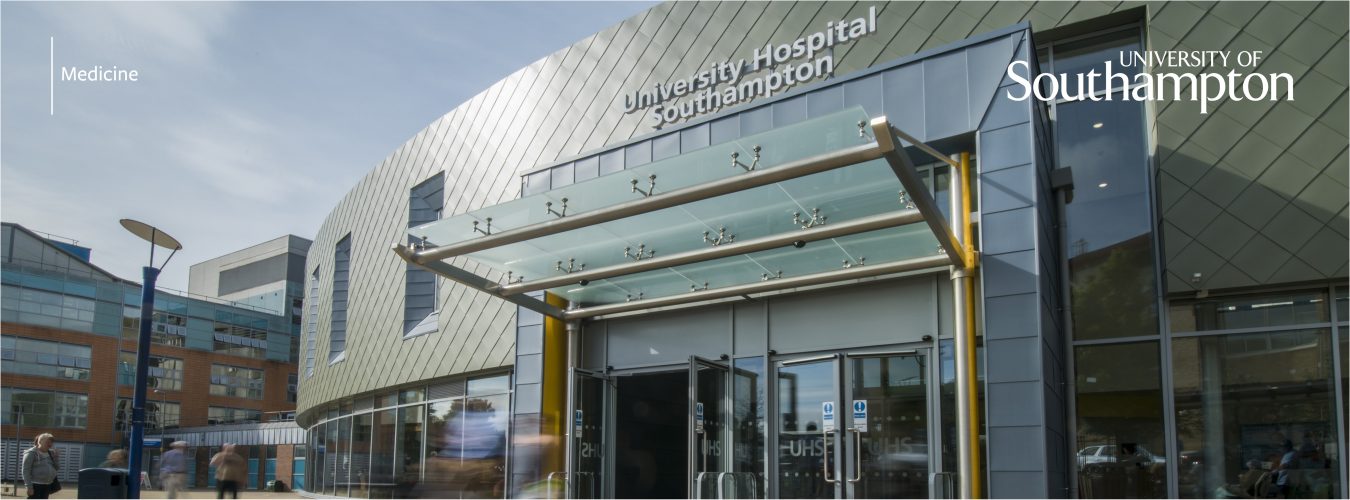This week started with me giving a lecture on our MSc Genomics course. It was a pleasure to spend some time teaching and seeing the students’ enthusiasm and energy. I started my lecture on pharmacogenetics with a quote from Sir William Osler, often termed the father of modern medicine:
“If it were not for the great variability among individuals, medicine might as well be a science, not an art.”
Sir William Osler, 1892
While this was a useful prompt for discussion with my students on how an individual’s genetic background will influence their response to pharmacological treatment, I can better relate the last few weeks for me to another of Osler’s oft quoted phrases:
“There are, in truth, no specialties in medicine, since to know fully many of the most important diseases a man must be familiar with their manifestations in many organs.”
This is because I have been wrestling with the best way to summarise all the research we do in the Faculty as I seek to describe our research strategy in the early drafts of our REF submission. The astonishing diversity of the research in the Faculty makes it difficult at first glance to be able to describe succinctly what we do. On top of that, the interconnectedness of the research across the Faculty, where individuals with expertise in experimental approaches usually work across medical specialties and diseases, make it even harder to draw nice ordered boxes to describe research areas. However, it is important for us to be able to both communicate to the outside world what we do here in the Faculty, and for us to recognise where our strengths lie, and the interconnectedness between them, to help us plan for the future. This was an important discussion at out our recent Faculty senior leadership away day.
So, in summary, research in the Faculty of Medicine addresses five key pillars: Cancer Sciences; Healthy Ageing and Long Term Conditions; Infection and Microbial Science; Developmental Science and Regenerative Medicine; and Population Science.
These pillars transcend the administrative school structure in the Faculty, promoting interdisciplinary research, and facilitating the collaborations between researchers with methodological expertise with a wide range of clinical areas. For example, there are researchers in cancer genomics in Human Development & Health, cancer immunology in Clinical and Experimental Sciences and Professor Paul Little is undertaking a randomised controlled trial of a digital intervention to support quality of life in cancer survivors in Primary Care and Population Sciences. All this sits alongside and synergises with the work carried out in the School of Cancer Sciences in the CRUK Southampton Cancer Centre and the new Centre for Cancer Immunology. In another example, respiratory diseases such as asthma and COPD have long been a strength of research in the Faculty and are long term conditions that have huge impacts on morbidity and mortality in the UK population and worldwide. While the large respiratory research group is centred in Clinical and Experimental Sciences and the NIHR Southampton Biomedical Research Centre, there is respiratory research right across the schools within our Faculty. This ranges from Professor Mike Thomas’s trial of evaluating a breathing retraining intervention for asthma in PCPS, to Dr Tilman Sanchez-Elsner in CES and Professor Christian Ottensmeier in Cancer Sciences undertaking a programme of research in genomic analyses of lung cancer and includes my own research programme in the genetics of asthma in HDH.
Supporting the five pillars are five cross cutting research platforms: Cell Biology & Chemistry of Life; Immunology; Clinical Trials & Experimental Medicine; Systems Biology; and Data Science.
The Faculty investment in laboratory space, core facilities and equipment are aligned to these platforms and are designed to underpin the research strengths within the research pillars. For example, the Biomedical Imaging Unit supports researchers across the Faculty helping us to understand the cellular biology of a range of health conditions. The WISH laboratory provides support for immunological assays. The NIHR Southampton Clinical Research Facility, the Research Design Service South Central and the Southampton Clinical Trials Unit facilitate a wide range of experimental medicine studies and clinical trials across our research pillars. Support for systems biology includes the Mass Spectrometry facility now led by Professor Martin Feelisch, the relaunched Bi-Omics network is helping to create a network of individuals with an interest in bioinformatics and ‘omics analysis, and the epigenetics facility run by the Epigen team. There are rapidly growing capabilities in clinical data science across the Faculty from the Clinical Informatics Research Unit, to the Public Health research group, the MRC Life Course Epidemiology Unit and the Wessex Institute.
As we plan the future of the Faculty, we can use this framework to help guide us as we look to grow and develop our research in the coming years. In the end though it all comes down to the fantastic staff and students who work hard every day to deliver high quality biomedical research translating into clinical outcomes that improve health worldwide. You never cease to amaze and inspire me as I read all the research papers you publish as we prepare for the next REF.
Now I must return to the long list of jobs that await me, just one more quote to summarise how I’m feeling…..
“We have so much time and so little to do. Strike that, reverse it.”
― Roald Dahl
Professor John Holloway
Associate Dean (Research)




